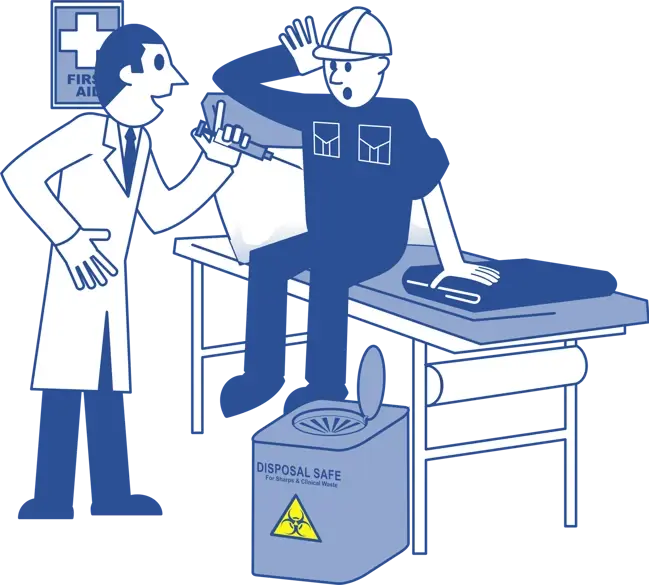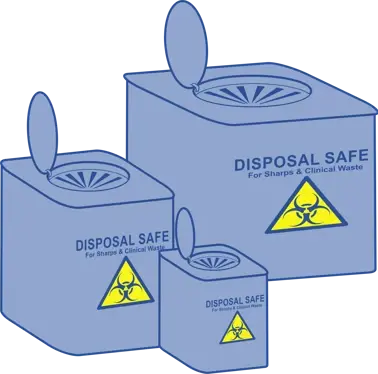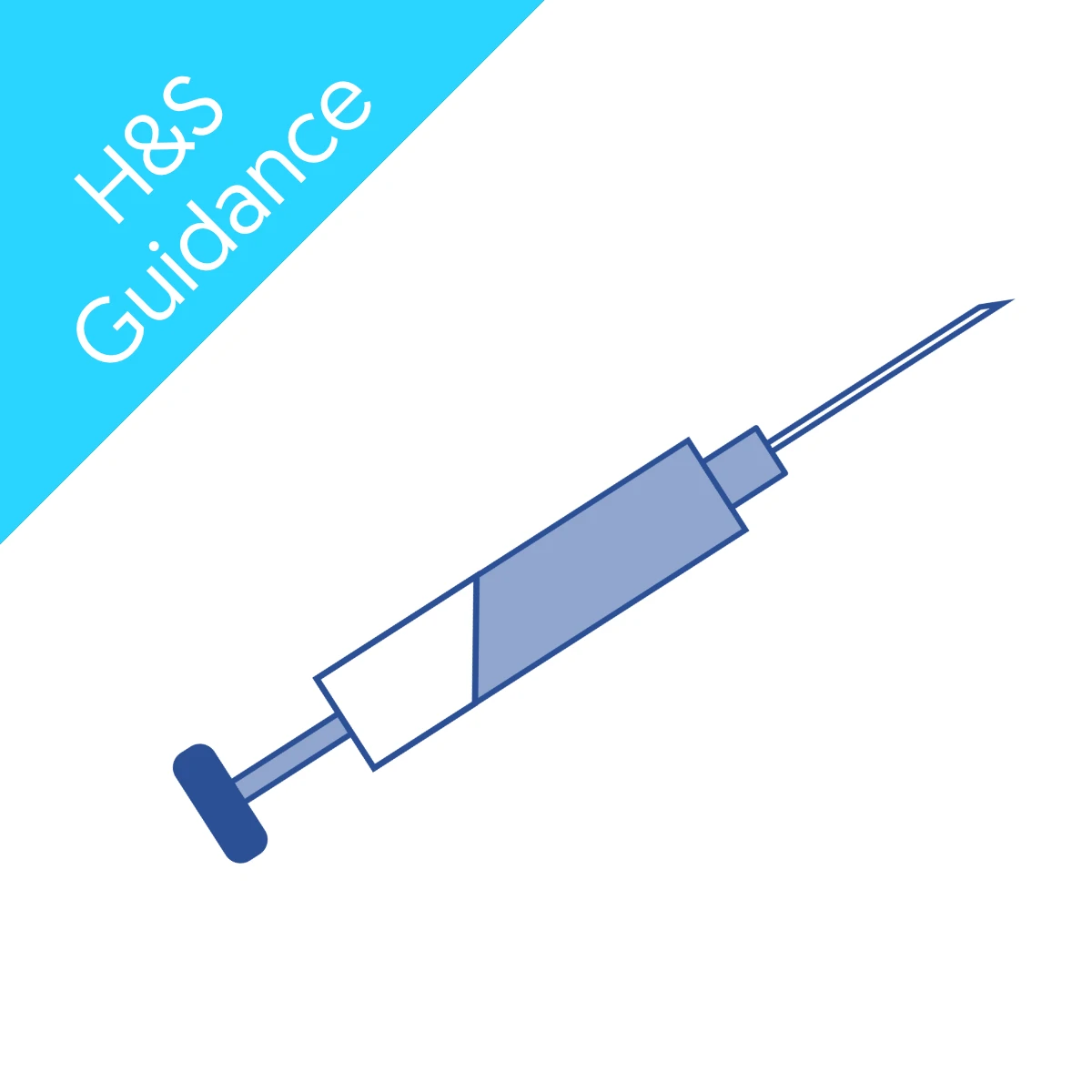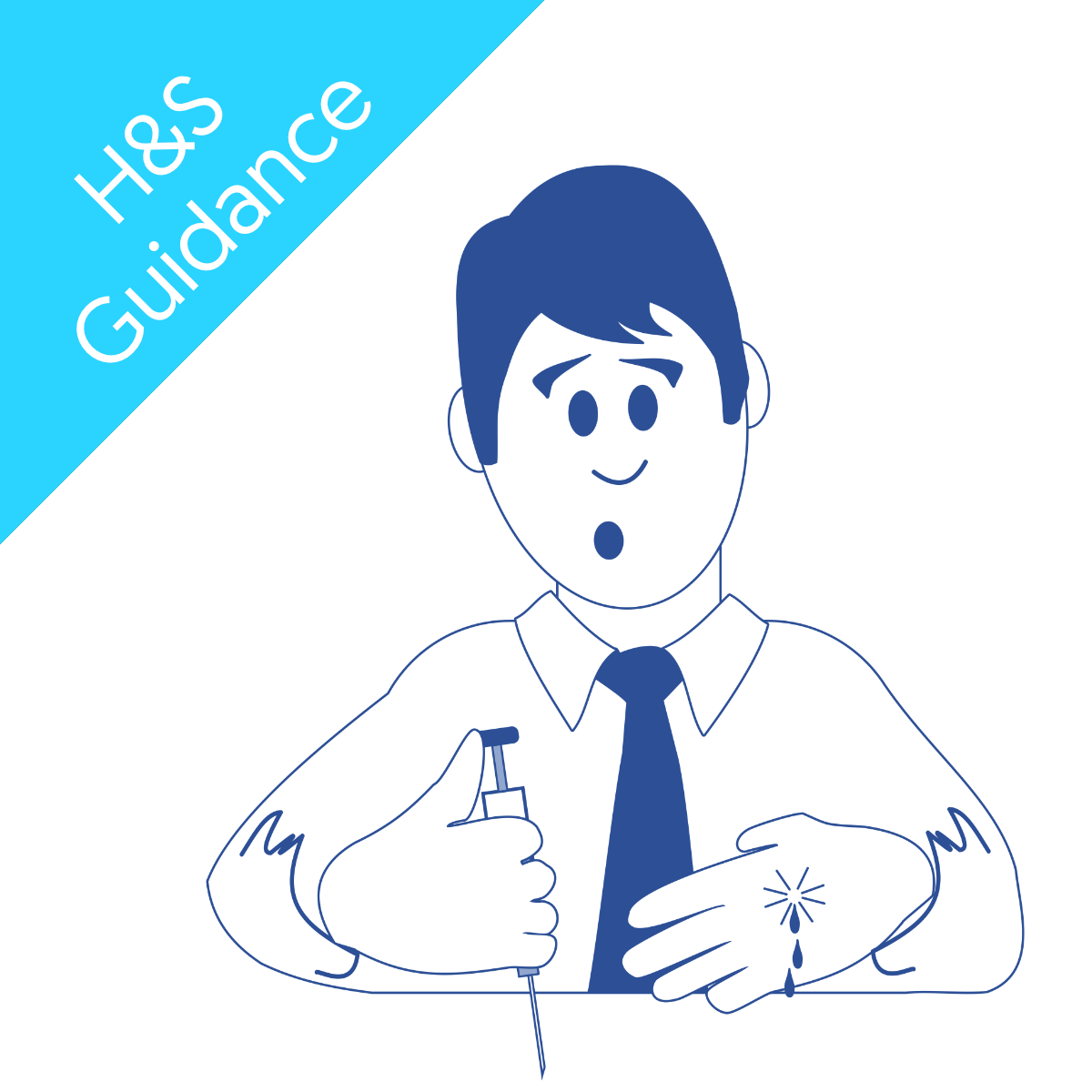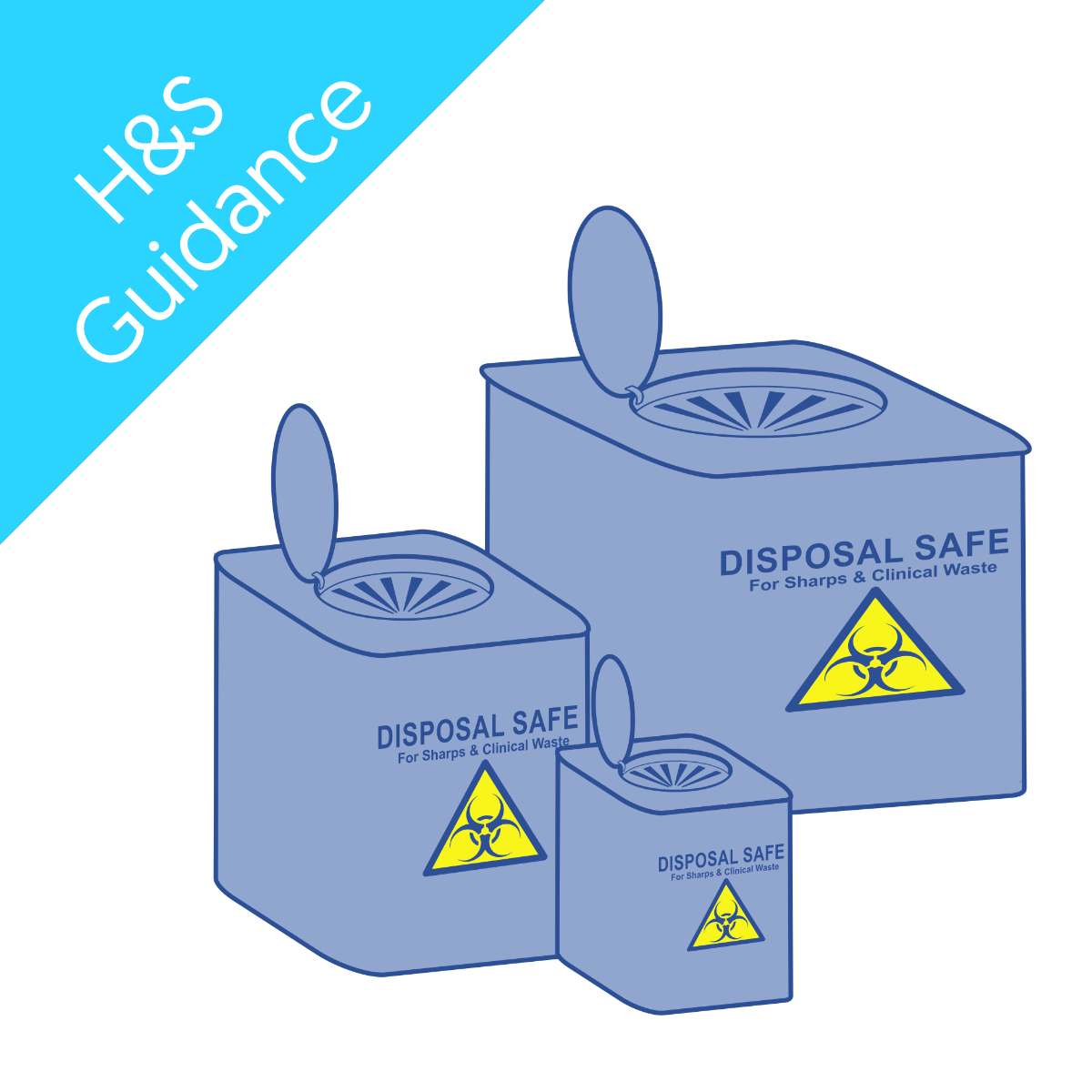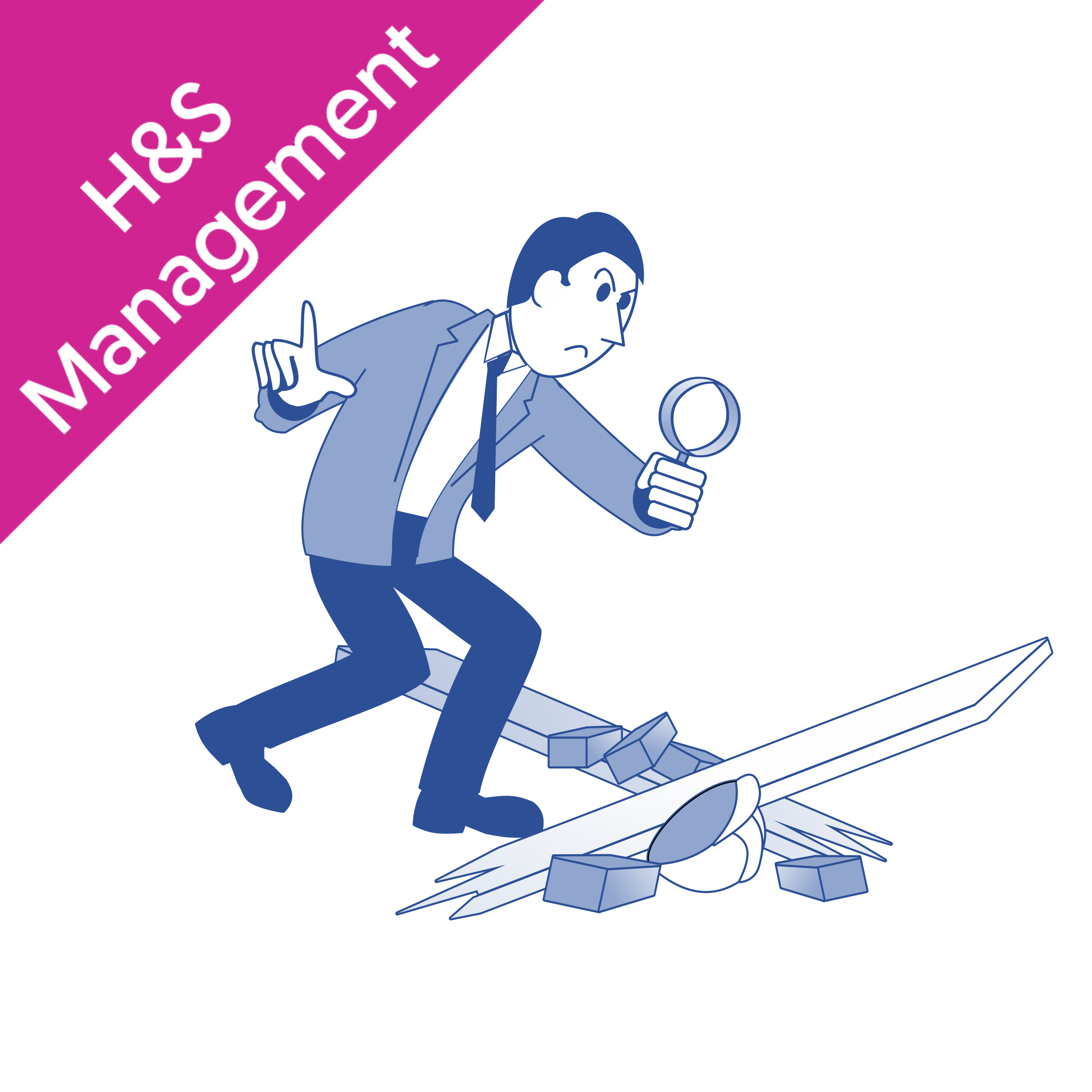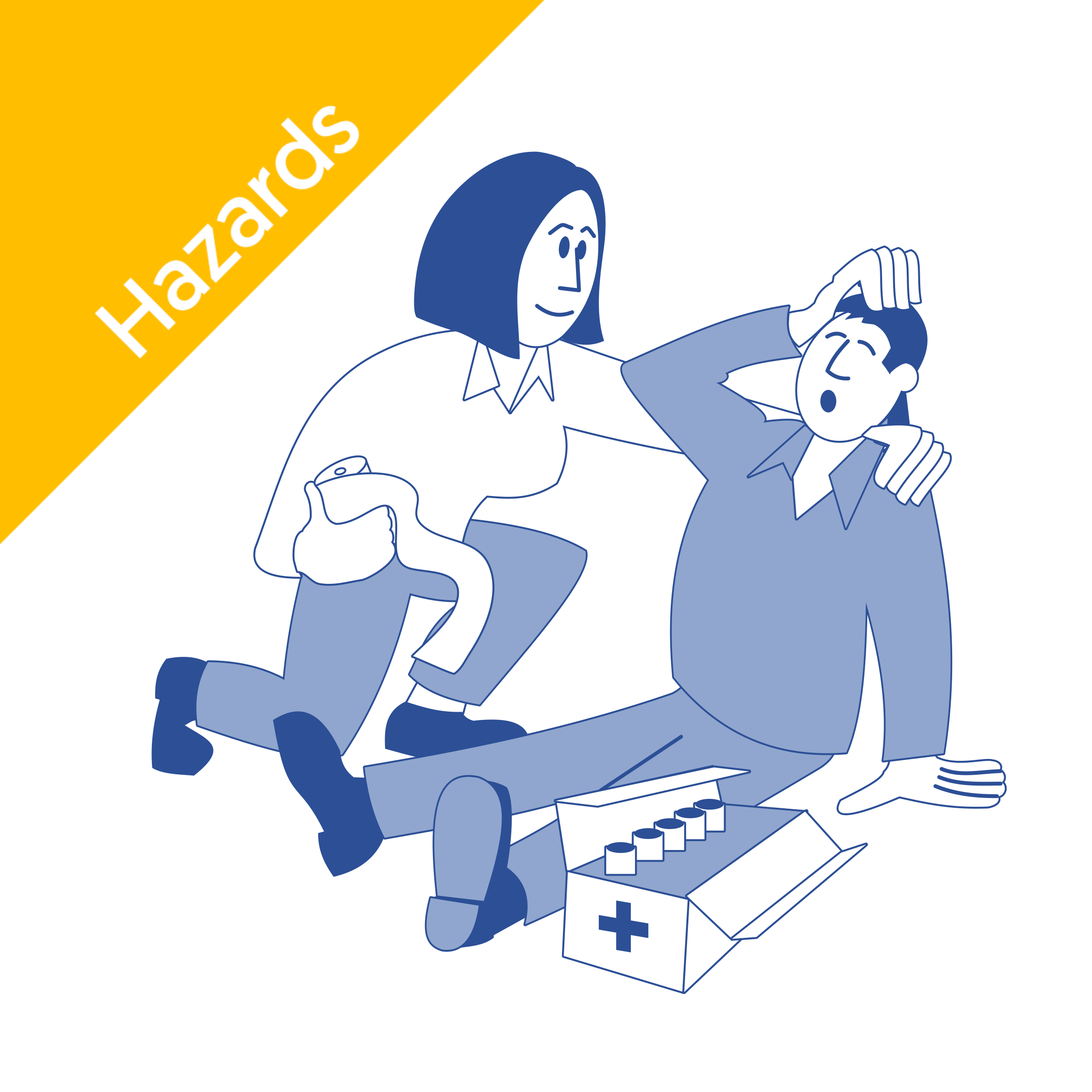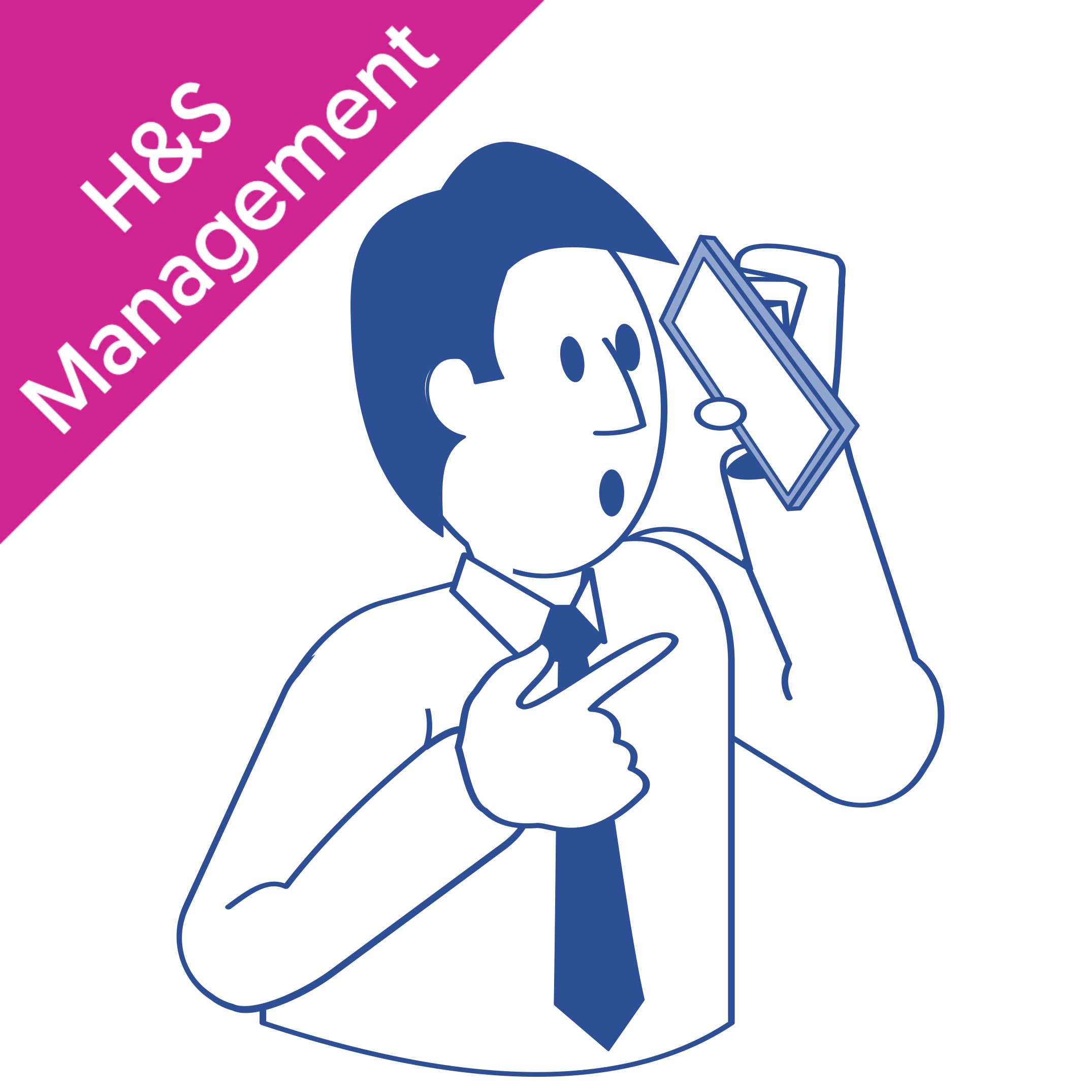Creating a culture of sharps safety in healthcare
To ensure that a culture of sharps safety exists in a healthcare organisation, management must:
- Complete suitable and sufficient risk assessments
- Implement control measures
- Prevent exposure where possible
- Control risk exposure where prevention is not possible
- Provide sharps devices that are safe
- Provide appropriate information, instruction and training
- Provide suitable clinical waste disposal procedures
- Follow standard precautions for infection control
- Have clear systems for responses to sharps injury
- Report work-related sharps injuries
What is the legislation for sharps use in the UK?
UK Health and Safety laws apply to sharps and sharps injuries, as do all other work-related risks and hazards.
The legislation to be aware of are:
In 2013, the Health and Safety Executive produced regulations focusing on sharp instruments in a healthcare setting. These are:
These regulations only apply to healthcare employers, contractors, and other workers in the healthcare sector. The 'Sharps Regulations' will apply to NHS Trusts and Boards, independent healthcare businesses, and other employers whose primary function is managing, organising, and providing healthcare.
Strategies for preventing sharps injuries in healthcare settings
The best method for preventing sharps injuries is preparation for the risks that storing, using, and disposing of sharps presents.
To do this, identify the nature of the task and the specific sharp instrument to be used. Once you have established what is involved in the task, implement some control measures. You can do this by:
- Preventing the risk of exposure by carrying out a risk assessment, providing appropriate training, using any sharps safety features and PPE and ensuring that used sharps have been safely disposed of.
- Control the risk of exposure by creating safe work processes, policies and systems.
- Provide safe sharps devices that are reliable, easy to use, and include appropriate safety mechanisms.
How to implement engineering controls to reduce sharps injuries
If management cannot prevent risk, they must control the risk of an injury. To engineer controls to reduce sharps injuries, consider the following:
- The design and use of appropriate work processes, systems and engineering controls and the provision and use of suitable work equipment and materials, like providing safer sharps devices
- Control exposure at source, for example, by having a clinical waste policy that ensures safe collection, storage, transport and disposal of waste.
- The provision of suitable personal protective equipment (PPE)
Training and education on sharps safety
Training should be a fundamental element when it comes to sharps risk management strategy. Employers are responsible for providing adequate and appropriate training to their employees. The training should cover the biological elements that employees could be exposed to and their associated risks. It should also include the findings of any sharps risk assessments, precautions to protect themselves and others like patients and colleagues, how to use sharps Personal Protective Equipment (PPE) provided, and procedures to follow in emergencies.
All staff should know the internal and external processes for reporting and documenting sharps injuries.
Moreover, the training provision should recognise potential changes affecting risks and provide further instruction as required. Refresher training should also be provided within appropriate timeframes.
Induction for all new and temporary staff is also essential. The importance of proper training cannot be overstated, as it plays a vital role in preventing needlestick injuries and other sharps-related accidents in healthcare settings.
Reporting and investigating sharps incidents
Some, but not all, sharps injuries need to be reported to external authorities. To promote a focus on safety, internal procedures may include reporting minor incidents and near-misses.
Sharps injuries must be reported to the HSE under the Reporting of Injuries, Diseases and Dangerous Occurrences Regulations 1995 (RIDDOR) if:
- An employee is injured by a sharp known to be contaminated with a blood-borne virus (BBV), e.g., hepatitis B, C, or HIV. This event is reportable as a dangerous occurrence.
- The employee receives a sharps injury, and a BBV produces specific antibodies in the blood. This occurrence is reportable as a disease.
- The injury itself is so severe that it must be reported.
If the sharp is not contaminated with a BBV, or the source of the sharps injury cannot be traced, it is not reportable to HSE unless the injury causes an injury lasting over a week.
If the employee develops a disease attributable to the injury, it must be reported.
To learn more about how to handle a sharps injury, read…
Conclusion
Preventing sharp injuries in healthcare settings is crucial to ensure the safety of both patients and workers. The strategies outlined in this blog post can help healthcare organisations take necessary measures to prevent these injuries. Adopting a proactive approach to prevent sharps injuries is essential. By implementing safe handling practices, providing training and education, and using appropriate engineering controls, healthcare providers can promote a culture of safety. All healthcare settings should prioritise the prevention of sharps injuries and take steps to mitigate risks to create a safer environment for everyone involved.

